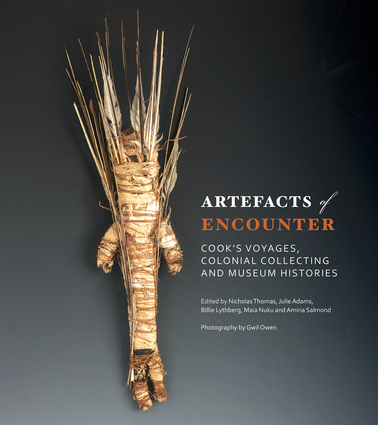Overview
The Pacific artefacts and works of art collected during the three voyages of Captain James Cookand the navigators, traders and missionaries who followed him are of foundational importancefor the study of art and culture in Oceania.These collections are representative not only of technologies or belief systems but of indigenouscultures at the formative stages of their modern histories, and exemplify Islanders’ institutions,cosmologies and social relationships.Recently, scholars from the Pacific and further afield, working with Pacific artefacts at theMuseum of Archaeology and Anthropology in Cambridge (MAA), have set out to challenge andrethink some longstanding assumptions on their significance.The Cook voyage collection at the MAA is among the four or five most important in the world,containing over 200 of the 2000-odd objects with Cook voyage provenance that are dispersedthroughout the world. The collection includes some 100 artefacts dating from Cook’s first voyage.This stunning book catalogues this collection, and its cutting-edge scholarship sheds newlight on the significance of many artefacts of encounter.Author Biography
Nicholas Thomas is Director of the Museum of Archaeology and Anthropology, University ofCambridge. He has since written extensively on art, empire and related themes, and curatedexhibitions in Australia, New Zealand and the UK, many in collaboration with contemporaryartists. His early book, Entangled Objects (1991), influentially contributed to a revival ofmaterial culture studies. He went on to publish, among other works, Oceanic Art (1995) in theThames and Hudson World of Art series and Islanders: The Pacific in the Age of Empire (2010),which was awarded the Wolfson History Prize

